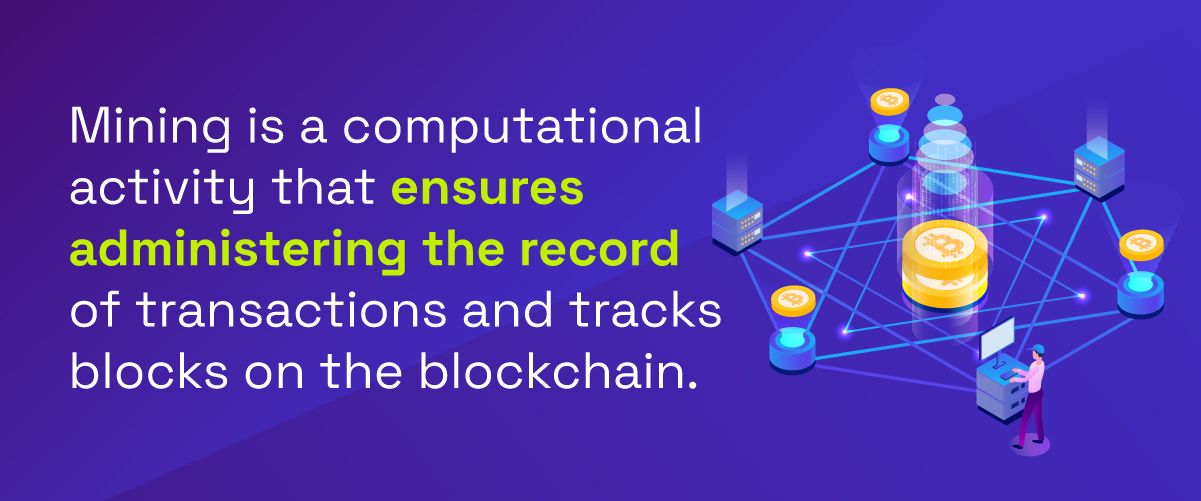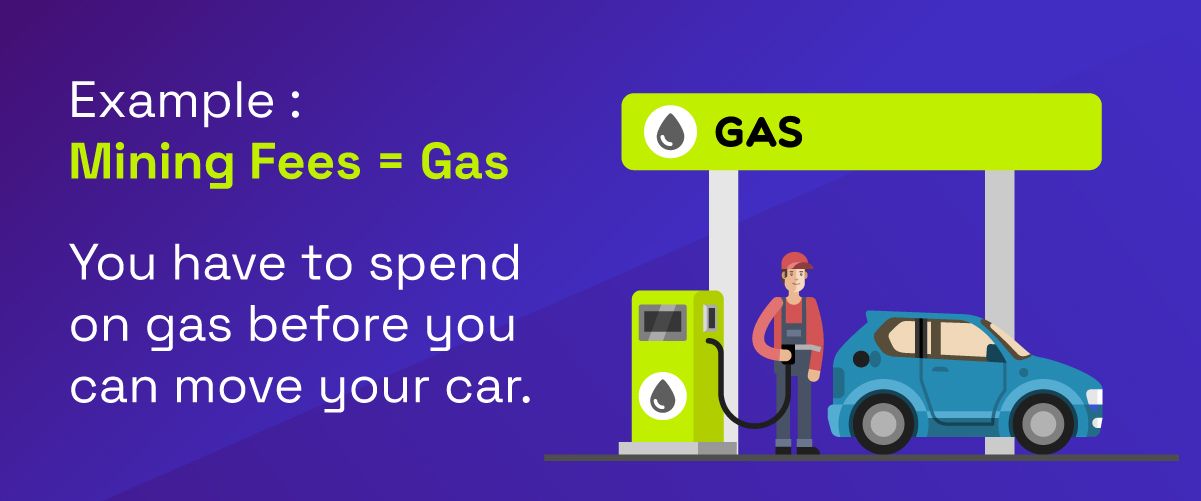What are Mining Fees in Crypto?

Have you recently come across some tweets or comments stating the ordeals that crypto traders face when dealing with mining fees? If you have, what were your reactions to such tweets? Have they left you wondering what price hike they were referring to? You have concluded that it must have something to do with autogas? Well, whichever is the case, you are not alone in confusion, and I am here to shed some light on the grey areas of this discourse.
But first, you should understand that mining in the cryptosystem does not imply that crypto is deep down in the soil and requires substantial drilling machines. Well, far from all those thoughts conjured up in your head. The mining fee is the price that is paid for every activity that occurs on the blockchain, and the mining fee is also referred to as the gas fee. So, they would be used interchangeably within this text.
What is Mining?

Mining is a computational activity that ensures administering the record of transactions and tracks blocks on the blockchain. Mining involves the united efforts of several miners; hence, it is not a one-person activity. The more miners there are, the more efficient, secure, and error-free a cryptosystem will be. Mining is a lot of mental, technical, and computational work, and it requires a lot of electric power. For instance, let’s consider the Bitcoin network. The Bitcoin network is the largest and most robust blockchain protocol network in the world. Thousands of miners across different parts of the universe ensure the smooth running of the network. In other words, the only reason why transactions are completed on the Bitcoin network is because thousands of computers are solving complex algorithms. Remarkably, the annual consumption of electricity is more than the quantity consumed by three large-sized African countries combined, and this is only one of the many costs that go into mining. Hence, considering the importance of miners to the functional operation of a blockchain and the cost they incur themselves, stakeholders on the blockchain are compelled to pay fees- mining fees as compensation and motivation for the people (miners) who undertake these mining activities.

So, you can liken it to the fuel that runs automobiles. You have to spend on gas before you can move your car just the way you pay to mint an NFT or mine a coin. So, because mining consumes tons of energy, minting and mining come at a cost, and the gas fee is the price you pay for this exercise. Even free NFTs are minted at a cost; the process of sending tokens with no monetary value also incurs gas fees. Swapping, depositing, and just about everything on the blockchain have a gas fee attached to it.
So, in a more technical term, your gas fee is the reward given to a miner for picking up a transaction from the mempool, adding it to a block, and verifying it. So, I guess that you would have figured that gas fees are transaction fees.
How Does Mining work?
Using Ethereum as a case study, we will examine its mining process to see how mining works. By design, Ethereum only processes 15 transactions per second. So, this results in competitions where transactions with low fee offerings take longer time to get fulfilled. This is because miners always aim for transactions with high-paying mining fee so that they can earn more within the period. Therefore, because of the flexibility and decentralization of the system, both miners and blockchain users can deal based on the forces of supply and demand. As a result, when there is more demand for mining (when network traffic is high,) the gas charge increases and vice versa. Just last year, Bitfinex paid over $22.5 million in gas fees just to send an amount of ETH with less value. Recent times have featured hikes in the price of gas fees. However, all of that is reaching its endpoints soon. Ask me how! Anyways, before we get into the how, it is important to note that when an initiated transaction fails on the Ethereum network, the gas fee that is paid has been lost and another fee must be paid for the transaction to get initiated again. Also, in the event that you make a transaction that required an amount of gas fee that is less than you paid, the balance of the surplus gas fee will be refunded to your wallet.
Here's the news- The Proposed ETH 2.0 is Upgrading
So back to our puzzle. The ETH 2.0 upgrade gives an answer to the how. The plan for an upgrade was the proposed Ether 2.0 upgrade which will shift the ethereum network from the proof-of-work protocol to the proof-of-stake protocol making the network faster for transactions with low gas fees and substantially beating the cost of gas fees. But guess what? There has been another upgrade to the proposed upgrade. According to the developers of Ethereum, the current Ethereum mainnet will merge the beacon “proof-of-stake” chain eventually.
The new upgrade aims at a more scalable, secure, and sustainable network. With the new upgrade, Ethereum will support 1000s of transactions per second, and reduce the time taken and cost of application. And with this feature the network will become larger and will require tighter security against all forms of attack. While at it, the upgrade would also focus on systems that require much less computing power and energy.
Take away
By supplementing the existing part of Ethereum with what need in the future, most of the challenges that come with Ethereum mining and gas fees will be solved. I hope that you are more enlightened about mining fees than you were five minutes before you found this page. And I hope that you can now help people understand the importance of the gas fees and how they are already phasing out.
You enjoyed this article? Yes, I also enjoyed sharing all that I know about the mining process, mining fees, miners, and the new fate of all that I listed above.
